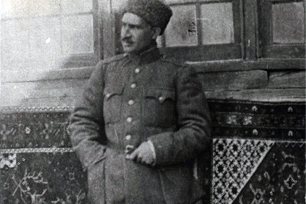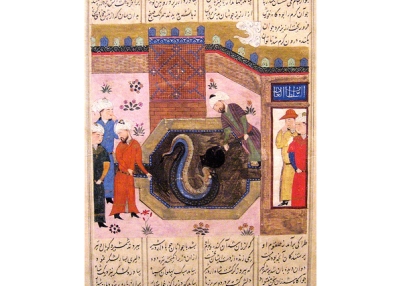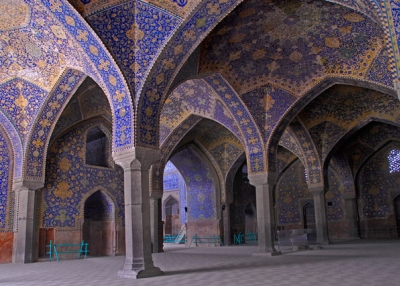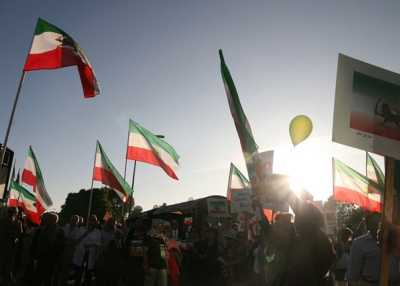Iran in the 20th Century

The largely peaceful Constitutional Revolution of 1906 forced the Iranian shah at that time to declare Iran a constitutional monarchy with legislative powers vested in a majles, or parliament. The shahs did not fulfill their constitutional promised, however, and Russian and British encroachment became increasingly perilous. In 1924 a military commander named Reza Khan seized control of the country and deposed the Qajars. He became Reza Shah and adopted the family name Pahlavi.
Reza Shah undertook a radical modernization program patterned on that of Ataturk in Turky. But he made slower progress because Iran was poorer and had been more isolated from European influences that the Ottoman empire had been. At the outbreak of World War II Britain and Russia feared that Reza Shah might favor the Germans. They occupied Iran and forced him to abdicate in favor of his son Mohammed Reza Shah.
Mohammed Reza Shah was not a forceful ruler. In 1953 he was almost overthrown by the popular and nationalistic prime minister Mohammed Mosadegh, but he retained his throne with British and American help. Thereafter he became a more energetic and skillful ruler, and the United States developed close relations with Iran, which it saw as a strategic ally against the Soviet Union. The US encouraged rapid modernization, and oil revenues, which began before World War I but skyrocketed after 1973, made remarkable changes possible. Iran developed an industrial base, a complex infrastructure, and a large public education system.
In modernizing the country the shah ran roughshod over all opposition. Iran became an absolute monarchy. Most opponents were powerless or too captivated by the country’s growing wealth to offer serious resistance, though a revolutionary underground did gain adherents. However, the opposition of certain religious leaders to the shah’s reforms proved more dangerous. In Iran, unlike in most other parts of the Islamic world, religious leaders remained at the center of an independent network of institutions, from which they exerted great popular influence and derived financial resources. Mover over, Shi’ism had gone through an intense period of theological and philosophical debate in the nineteenth century, and religious leaders had taken an active part in political affairs.
In 1978 a revolution broke out that forced the shah to flee the country early the following year. The leader of the revolution was the religious leader Ayatollah Ruhollah Khomeini, under whose direction the Islamic Republic was established. In the aftermath of the revolution many countries feared that Iran would become a model for further violent revolution. In 1980 this fear was intensified by the humiliation of the United States through the seizure of its embassy and the holding of hostages. In 1981 Iraq invaded Iran in an effort to overthrow the Islamic Republic. The war dragged on for eight bloody years, diminishing much of Iran's resources and capital, but at the end of the 20th century, the Islamic Republic was established and the long history of monarchy in Iran was at an end.
Author: Richard Bulliet.




